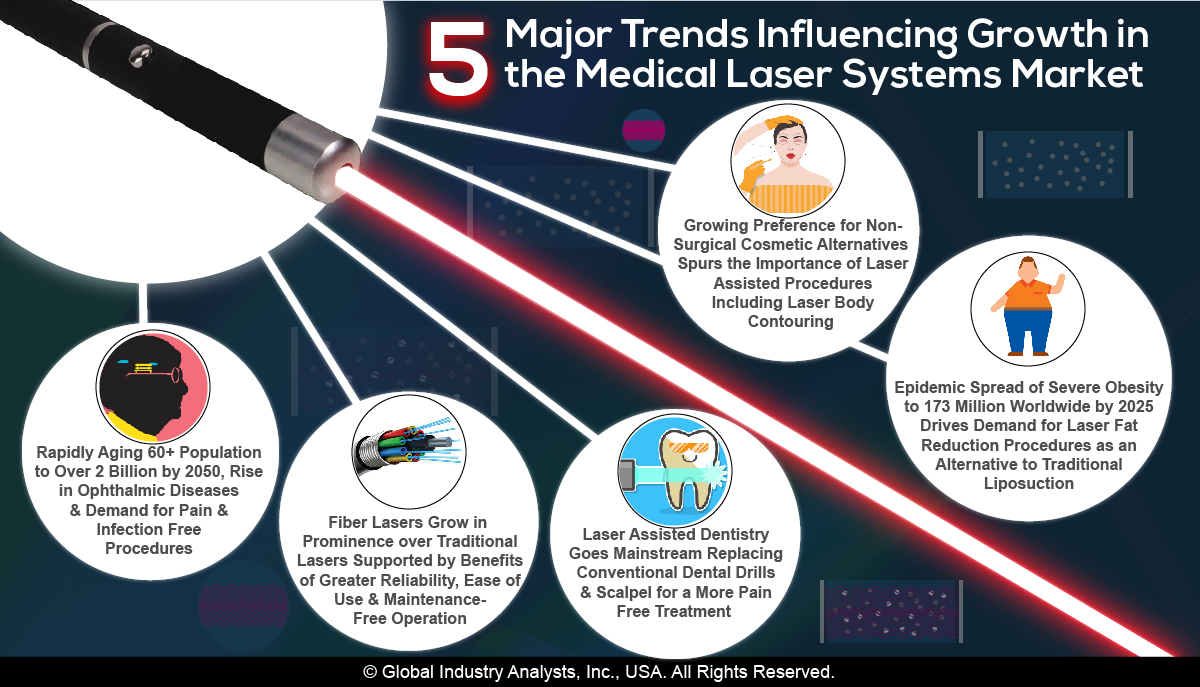As a cataract surgeon, your day starts with a comprehensive eye exam, where you assess people' vision and lens quality. You understand exactly how crucial it is to identify cataracts precisely. When diagnosed, you get ready for surgical treatment, making certain every detail is represented. But the obstacle does not end there. The real journey unfolds in the operating room, where accuracy is vital. What occurs next might define a person's aesthetic future.
The Diagnostic Refine: Identifying Cataracts
When it concerns detecting cataracts, clearness is key. https://www.healio.com/ophthalmology/refractive-surgery/news/print/ocular-surgery-news/%7Bd5ea88e2-c086-45f0-aab1-8f8360c9498d%7D/overcoming-the-prk-mindset-incorporating-lasik-smile-into-the-military 'll begin with a detailed eye exam, where you'll analyze visual acuity and look for any type of indications of cloudiness in the lens.
During this process, you'll use specialized devices, such as a slit lamp, to obtain a thorough view of the eye's structure. You'll also perform a dilated eye exam to assess the lens and retina better.
Collecting your client's medical history is essential, as it helps identify threat aspects like age, diabetic issues, or previous eye injuries.
After analyzing the outcomes, you'll establish the visibility and severity of cataracts. This precise approach ensures you offer the best referrals for treatment, setting the stage for the following action in their treatment.
The Surgical Procedure: Precision in Action
After identifying cataracts and discussing therapy options, you prepare for the procedure, where precision is critical.
You go into the operating room, wearing sterile gloves and a mask. The individual relaxes pleasantly under intense lights, all set for the change.
You start by providing neighborhood anesthetic, guaranteeing they feel no discomfort. With a steady hand, you make a tiny incision in the cornea, making use of innovative strategies to eliminate the gloomy lens.
You meticulously put the synthetic intraocular lens, aligning it perfectly for optimal vision. Throughout the treatment, you keep track of vitals and readjust as required, keeping focus on the job.
In simply a short time, you'll have restored your client's view, a rewarding result for both of you.
Post-Operative Care: Guaranteeing Optimal Healing
Once the surgery is full, your function changes to making sure the person's smooth healing.
You'll start by giving clear post-operative instructions, emphasizing the value of using the eye shield and taking prescribed medications. Remind them to prevent rubbing their eyes and taking part in strenuous tasks.
Arrange a follow-up appointment within a few days to monitor recovery and deal with any problems. Encourage patients to report any kind of signs of infection, such as boosted soreness or discharge.
In addition, review the relevance of using fabricated tears to minimize dry skin. Support their psychological well-being by assuring them that visual improvements may require time.
Conclusion
In a cataract specialist's day, you witness the trip from medical diagnosis to healing. discover this info here see the accuracy in surgical treatment and the treatment taken post-operation to guarantee your ideal recovery. With this experience, you acquire clarity not just in vision, yet in comprehending the entire procedure. The depend on developed in between you and your doctor is important, paving the way for a smoother recovery. With the appropriate support, you get on your way to delighting in a brighter, more clear globe.
